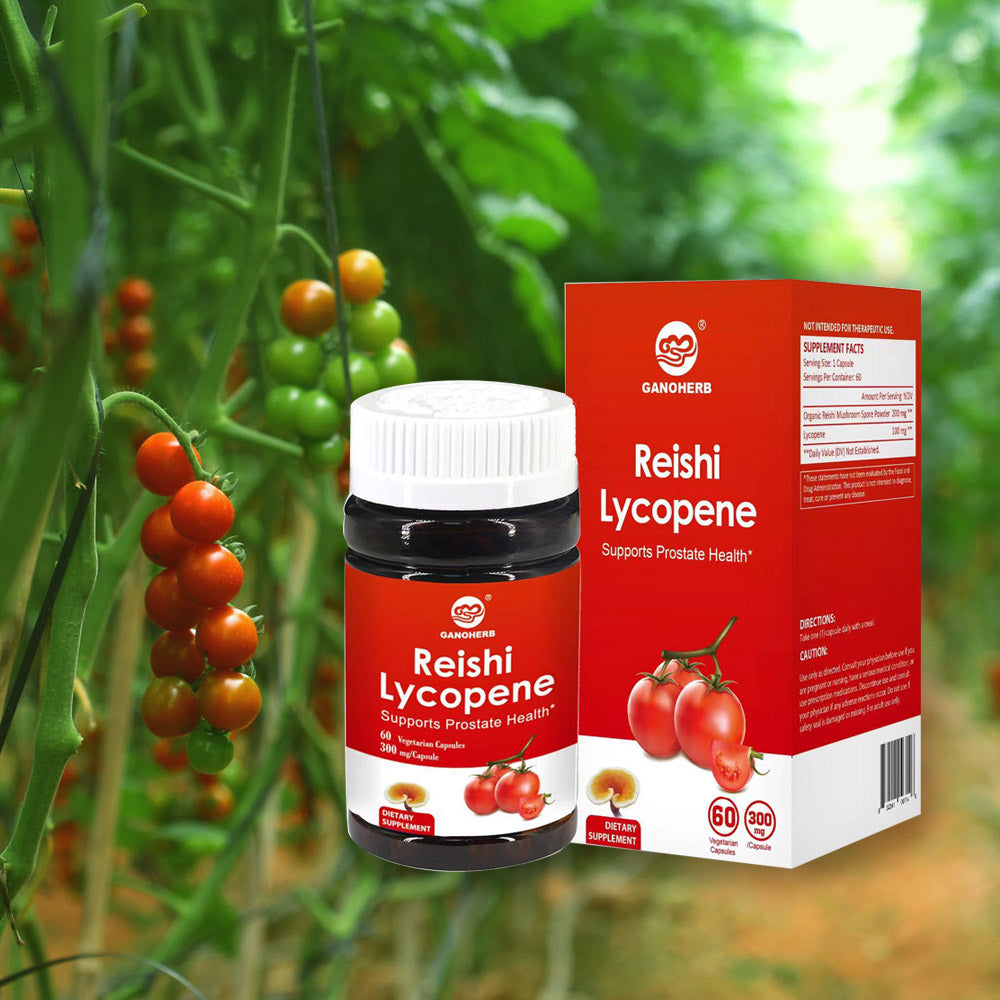Mushroom Complex Supplements: Ingredient Traceability, Production Science, and Sustainable Design
Mushroom complex supplements have evolved beyond basic dietary products into meticulously engineered artifacts of modern food science and ethical sourcing. This article explores five tangible dimensions of these supplements—ingredient provenance, production technologies, sustainability practices, sensory design, and quality verification—while spotlighting Ganoherb, a Fujian-based brand integrating ancient Chinese mycology traditions with cutting-edge innovation.
Ingredient Traceability: From Forest to Capsule
The integrity of mushroom complex supplements begins with radical transparency in sourcing:
Wild vs. Cultivated Sourcing:
Wild-Harvested Mushrooms: Ganoherb partners with indigenous foragers in China’s Changbai Mountain biosphere to ethically collect Ganoderma lucidum (reishi) using GPS-tracked, lunar cycle-guided harvesting. Each batch is blockchain-tagged, allowing consumers to scan QR codes revealing the exact GPS coordinates, forager profiles, and harvest weather conditions.
Organic Cultivation: Lion’s mane (Hericium erinaceus) is grown on FSC-certified oak logs in Ganoherb’s vertical farms, where AI monitors CO2 levels (1,200–1,500 ppm) and humidity (85–90%) to mimic natural forest microclimates.
Non-Mushroom Components:
Plant-Based Capsules: Derived from fermented tapioca, processed at ≤40°C to preserve molecular integrity.
Flow Agents: Food-grade diatomaceous earth sourced from freshwater diatoms in Iceland’s Thingvallavatn Lake.
Ganoherb’s open-source traceability portal provides real-time satellite imagery of mushroom habitats, appealing to eco-conscious consumers.

Production Science: Precision Fermentation and Nanoencapsulation
Modern mushroom complex supplements rely on biotechnological advancements to optimize bioavailability and stability:
Dual-Extraction Refinement:
Hot Water Extraction: Mushrooms are pressure-cooked in volcanic spring water (pH 6.8–7.2) at 121°C for 2 hours to isolate water-soluble polysaccharides.
Ethanol Extraction: Residual biomass is treated with organic sugarcane ethanol (70% v/v) to extract triterpenes.
Nanoencapsulation:
Active compounds are encapsulated in lipid nanoparticles (80–120 nm diameter) using high-pressure homogenization (1,500 bar). This prevents oxidation and enables controlled release in the digestive tract.
Cryogenic Milling:
Post-extraction biomass is flash-frozen with liquid nitrogen (-196°C) and milled into 10-micron particles, ensuring uniform blending without heat degradation.
Ganoherb’s patented "ColdFusion" process merges these steps under ISO 22000-certified cleanrooms, with 98.7% batch consistency.
Sustainable Packaging: Beyond Biodegradability
Ganoherb redefines eco-conscious design for mushroom complex supplements:
Mycelium-Based Containers:
Bottles are grown from Pleurotus ostreatus mycelium and hemp hurd, decomposing in 45 days post-use. Inner liners use chitosan derived from mushroom cell walls instead of plastic.
Algae Ink Printing:
Labels are printed with algae-based pigments in gradients reflecting the mushrooms’ natural habitats—deep greens for reishi (forest), blues for chaga (Arctic birch groves).
Quality Verification: Blockchain and AI Audits
Ensuring purity and consistency in mushroom complex supplements demands multi-layered verification:
Genomic Sequencing:
Every batch undergoes ITS (Internal Transcribed Spacer) region sequencing to confirm species authenticity, cross-referenced with Ganoherb’s proprietary fungal genome database.
Heavy Metal Mitigation:
AI-powered XRF (X-ray fluorescence) scanners detect contaminants at 1 ppb resolution. Detoxification employs patented mycoremediation techniques using Aspergillus niger strains.
Blockchain Immutability:
Certificates of Analysis (CoA) are stored on a decentralized ledger, accessible via QR code. Consumers can verify HPLC (High-Performance Liquid Chromatography) results for beta-glucan content, moisture levels, and microbial counts.
Ganoherb’s "Lab-to-Label" transparency initiative streams live footage of quality tests, fostering unprecedented consumer trust.

Sensory Design: Engaging Beyond Consumption
Mushroom complex supplements are engineered for multisensory engagement:
Aroma Engineering:
Capsules are micro-perforated to release terroir-specific scents upon opening—e.g., reishi capsules emit pine forest petrichor, while cordyceps exude Himalayan alpine air notes.
Tactile Differentiation:
Texture Coding: Reishi capsules have a matte finish; lion’s mane features micro-grooves for grip.
Sound Design: Bottles are tuned to emit C-note frequencies when shaken, creating a calming auditory cue during daily use.
Augmented Reality (AR) Integration:
Scanning Ganoherb’s label activates AR mushroom forests where users "forage" virtual fungi, learning about each species’ ecological role—an educational layer divorced from supplement usage.
Mushroom complex supplements, as exemplified by Ganoherb, transcend their role as consumables to become artifacts of technological ingenuity and ecological ethics. By prioritizing traceability, sustainable design, and multisensory engagement, they redefine what it means to interact with fungi—not as a health product, but as a bridge between human curiosity and nature’s hidden architectures.











